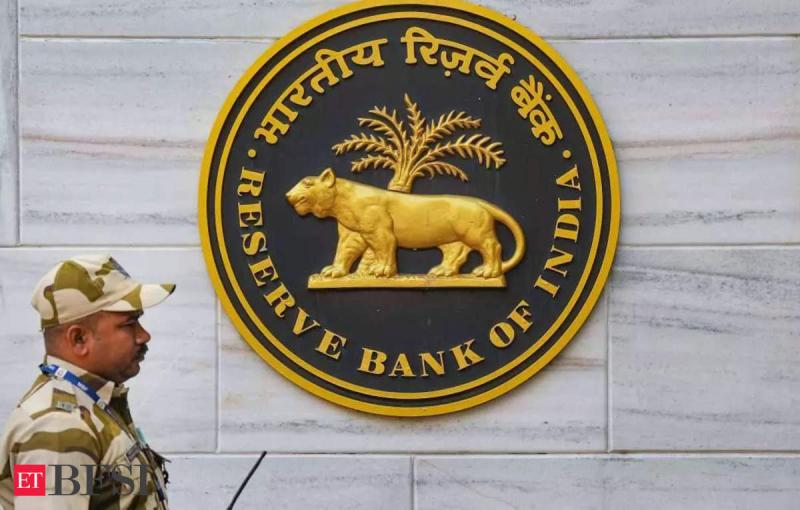RBI’s New LCR Guidelines
Recently, the Reserve Bank of India (RBI) released the final guidelines for the Basel III Liquidity Coverage Ratio (LCR). These rules are more relaxed compared to the earlier draft shared in July 2024. New LCR rules will be effective from 1 April 2026.
What is Liquidity Coverage Ratio (LCR)?
LCR is defined as the ratio of high-quality liquid assets (HQLA) to total net cash outflows over a 30-day period. Introduced as part of the Basel III framework, LCR mandates that banks hold a sufficient amount of HQLA. This is to safeguard against liquidity crises that may arise unexpectedly. It aims to ensure banks can survive financial stress for at least a month without resorting to emergency funding. The 30-day timeframe is as it reflects the typical response time for government and central bank interventions during crises.
Components of LCR
The ratio is calculated using the formula – LCR = HQLA / Total net cash outflows. HQLA includes cash, central bank reserves, and government bonds that can be quickly converted to cash. In India, assets eligible under the Statutory Liquidity Ratio (SLR) can also be counted as HQLA if they exceed the required amount.
Regulatory Framework in India
The Reserve Bank of India (RBI) implemented LCR guidelines in January 2015, following the Basel III recommendations. Banks are required to maintain an LCR of at least 100%. In 2020, RBI reiterated the need for banks to hold adequate HQLA to manage unexpected withdrawals effectively.
Run-off Factors and Their Implications
Run-off factors determine the likelihood of deposit withdrawals during stressed conditions. For example, retail deposits with internet banking have different run-off rates based on stability. The RBI has adjusted these rates to reflect current banking practices and enhance liquidity resilience.
What has RBI changed?
- Lower Run-Off Factors for Digital Deposits: Retail deposits raised via internet or mobile banking:
- Now: 7.5% run-off (was proposed as 10% earlier).
- Less stable deposits: 12.5% run-off (earlier 10%).
- Relaxation for Non-Financial Entity Deposits: Deposits from trusts, partnerships, LLPs, etc.:
- New rule: 40% run-off factor.
- Earlier: 100% run-off.
- This reduces pressure on banks to maintain high liquid reserves.
Expected Impact
- Banks’ LCR is expected to improve by 6 percentage points.
- Will free up ₹2.7–3.0 lakh crore for lending.
- May boost credit growth by 1.4–1.5%.
- Eases pressure on banks during times of tight liquidity and slow deposit growth.
Month: Current Affairs - April, 2025
Category: Economy & Banking Current Affairs







